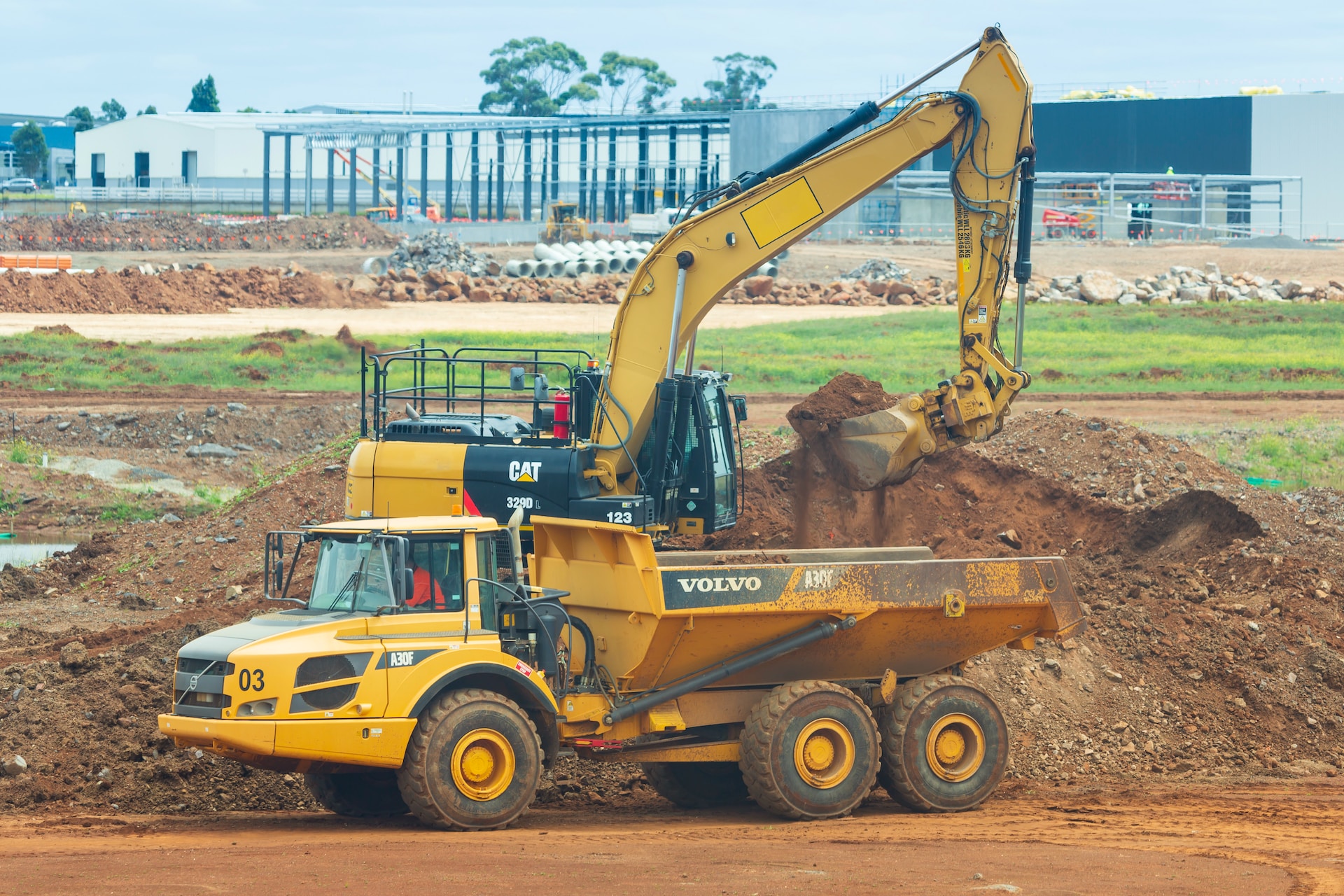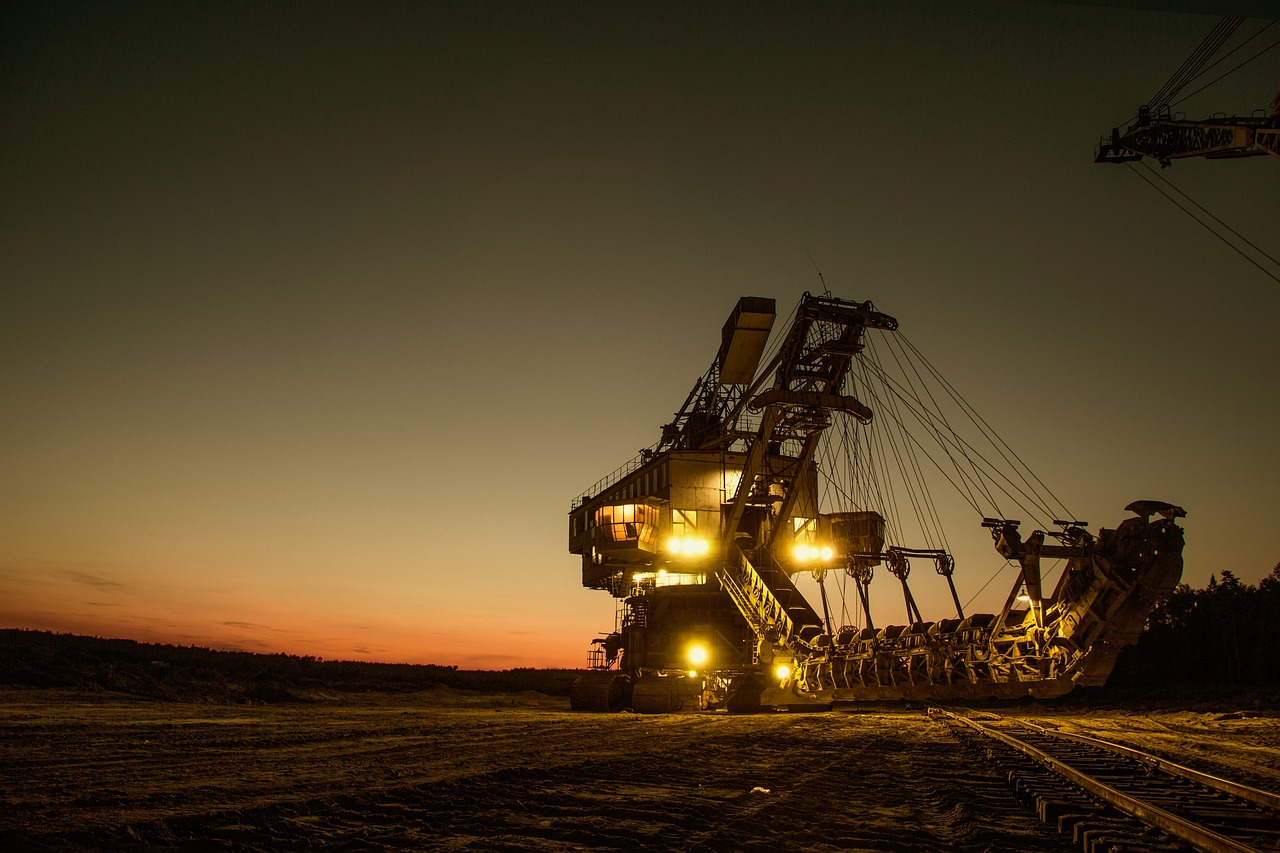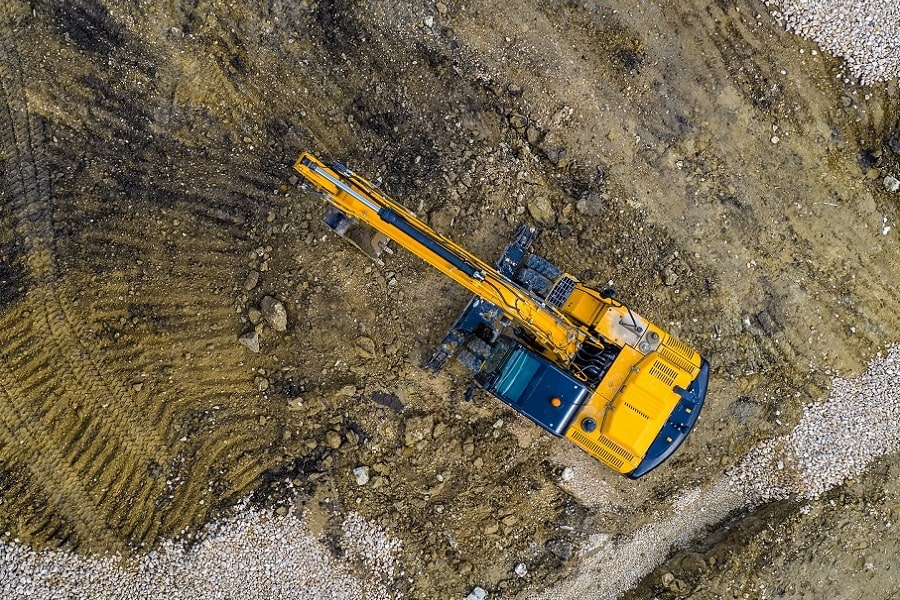Introduction
These days, many construction operations are available, which means that the industry is becoming increasingly competitive each year. As competition heightens, you may be wondering how to stay competitive. One of the best ways to do so is to update your fleet of heavy equipment with some of the latest technology to give your business an upper hand.
If you want to employ some of the latest and greatest machinery, you will need to stay informed of the most recent heavy equipment and construction trends to gain a better understanding of them.
What are the biggest heavy equipment trends in 2023?
The heavy equipment manufacturing industry is similar to many others as trends are constantly changing. The trends in heavy equipment that are starting to emerge now give us a glimpse into the future of the construction industry, and it is certainly exciting.
The following are some of the most significant heavy equipment trends that every construction crew should be getting on board with as soon as possible:
1. Digital transformation
Although it has taken a long time to finally take hold within the construction equipment industry, digitalization is starting to become more trendy and is now the second highest priority for construction equipment leaders.
Some digital tools that have gained a lot of traction in recent years are video conferencing, sales forecasting, and customer relationship management systems. Construction equipment operators have been able to improve their operations, increase their productivity, and get more out of their resources by leveraging end-to-end digitalization.
2. The equipment rental market is evolving
Another big trend that is on the rise is renting out heavy equipment. Over the next 4-5 years, the rental market is expected to account for 30%-40% of construction equipment firms’ total revenue.
As construction contractors are increasingly looking for ways to minimize their cash expenditures, the general preference for renting has gone up since this removes the need to spend money on expensive maintenance and repair costs.
As this trend has grown, the heavy equipment rental market has also responded accordingly and is becoming more customer-centric. Thus, customers are provided with a more well-rounded rental experience that even includes contract stipulations for on-site maintenance, repairs, and replacements.
3. The rise of automation, electrification, and connectivity
Some of the biggest driving forces of technological change in the heavy equipment industry are automation, electrification, and connectivity, as more newly manufactured devices will incorporate such features.
For instance, it will soon be commonplace to see equipment that employs location tracking and other anti-theft tech, fuel tracking, operator behaviour tracking, and fleet optimization tracking. In a similar vein, autonomous vehicles are making it possible for construction equipment firms to boost safety, manage internal skill gaps, and optimize labour costs.
Artificial intelligence (AI) is another tech advancement that is becoming increasingly trendy in the heavy equipment industry. In fact, AI is projected to grow by 183% in the next two years for architecture, construction, and engineering business development teams. This kind of technology will help with optimization, streamline operations, and eliminate inefficiencies.
4. Development of new construction materials
Two of the biggest pressures that construction leaders are facing in 2023 are the need to cut the cost of construction materials while also finding ways to make them more sustainable. For this reason, the development of new construction materials is on the rise, some of which involve recycling construction and demolition waste to engineer wood or aggregate.
This trend also aligns with the global movement in many industries to be more aware of environmental concerns and more eco-friendly.
5. Modular and prefabricated building
One trend that used to be quite significant in the past and has become trendy again is modular and prefabricated construction. Modular construction involves building the majority of a structure offsite before transferring it to its final destination. Prefabrication follows a similar method.
Both of these options have increased in popularity because they eliminate a lot of the waste and emissions related to transportation that is generally associated with construction. They also improve building process efficiency and minimize budget overages.




